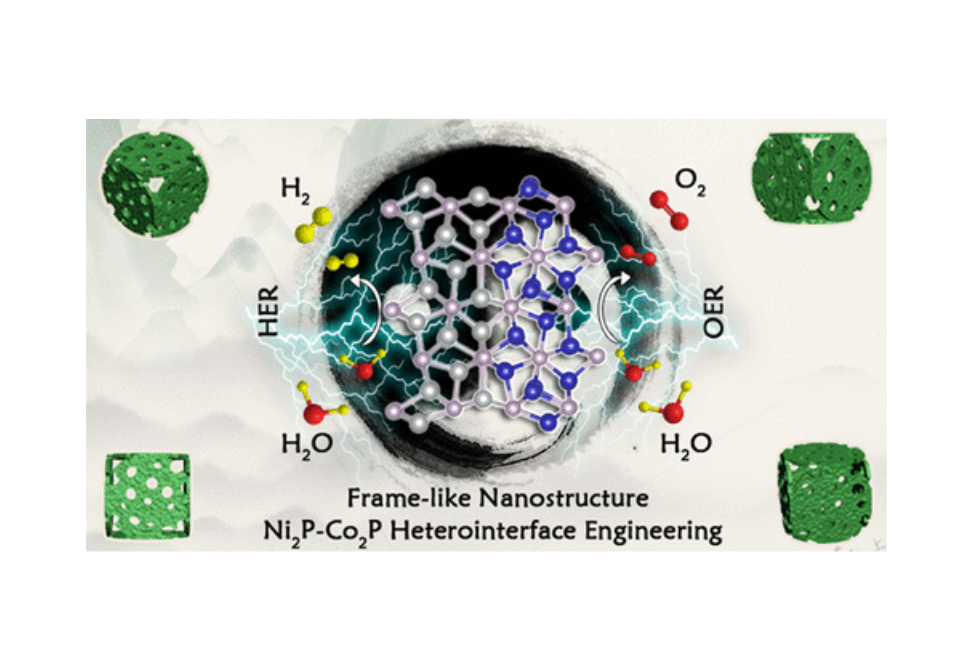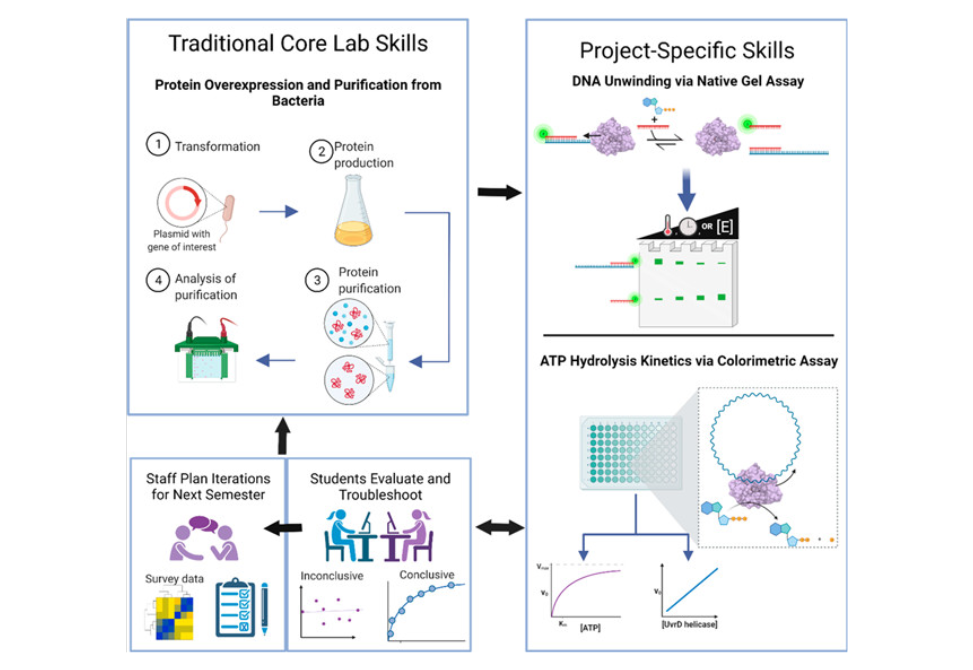Research Archive
Here, we report on the formation of monolithic Al–Si heterostructures obtained from both bottom-up and top-down fabricated Si nanostructures and Al contacts.
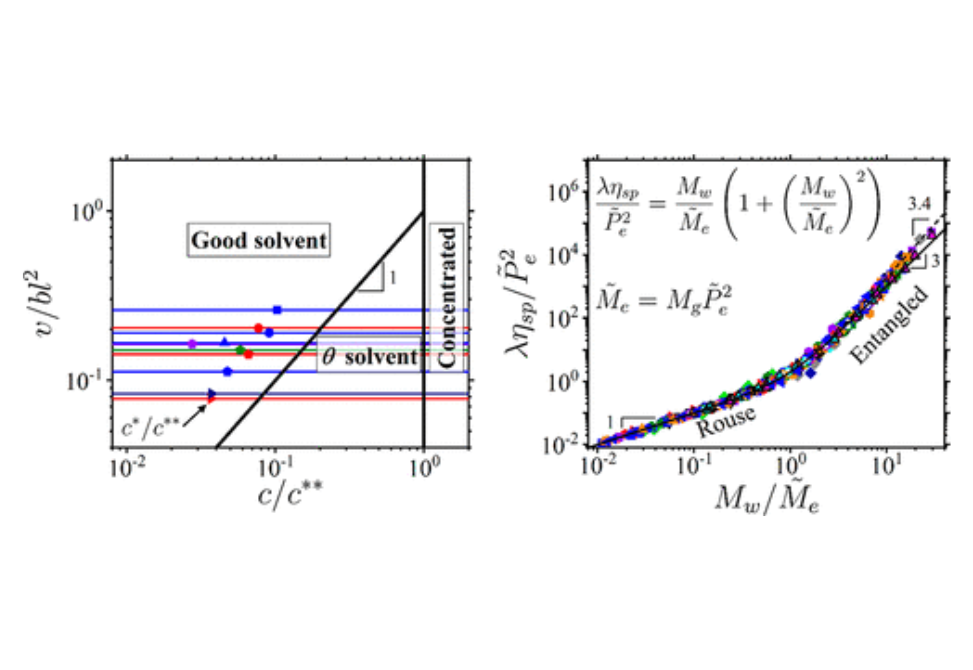
We apply a scaling theory of semidilute polymer solutions to quantify solution properties of polysaccharides such as galactomannan, chitosan, sodium carboxymethyl cellulose, hydroxypropyl methyl cellulose, methyl cellulose, xanthan, apple pectin, cellulose tris(phenyl carbamate), hydroxyethyl cellulose, hydroxypropyl cellulose, sodium hyaluronate, sodium alginate, and sodium κ-carrageenan.
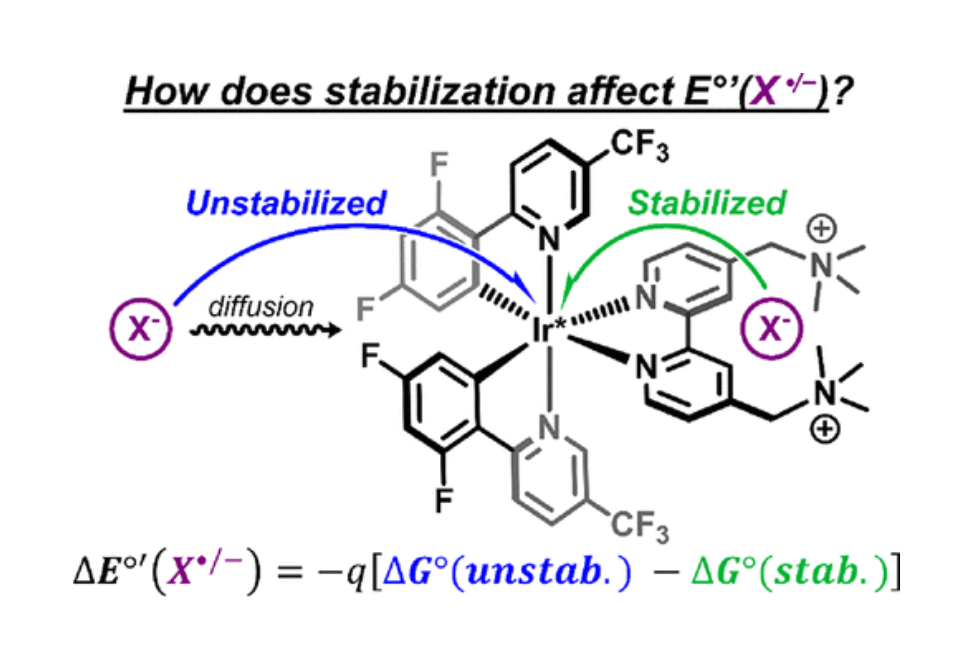
Herein, a competitive kinetic approach to quantify the stabilization of a halide ion toward oxidation imparted by specific stabilizing groups relative to a solvated halide ion is reported.

Herein, we show that the viscosity and morphology of initially core–shell (inorganic–organic) particles changed substantially after acid-catalyzed reactive uptake of isoprene epoxydiols (IEPOX), and that differences were highly dependent on VOC precursor (α-pinene, β-caryophyllene, isoprene, and toluene).

Herein, the kinetics for interfacial electron transfer from mesoporous transparent conductive oxide Tin-doped Indium Oxide (ITO) to four photoredox catalysts (PCs) were characterized in acetonitrile electrolytes.
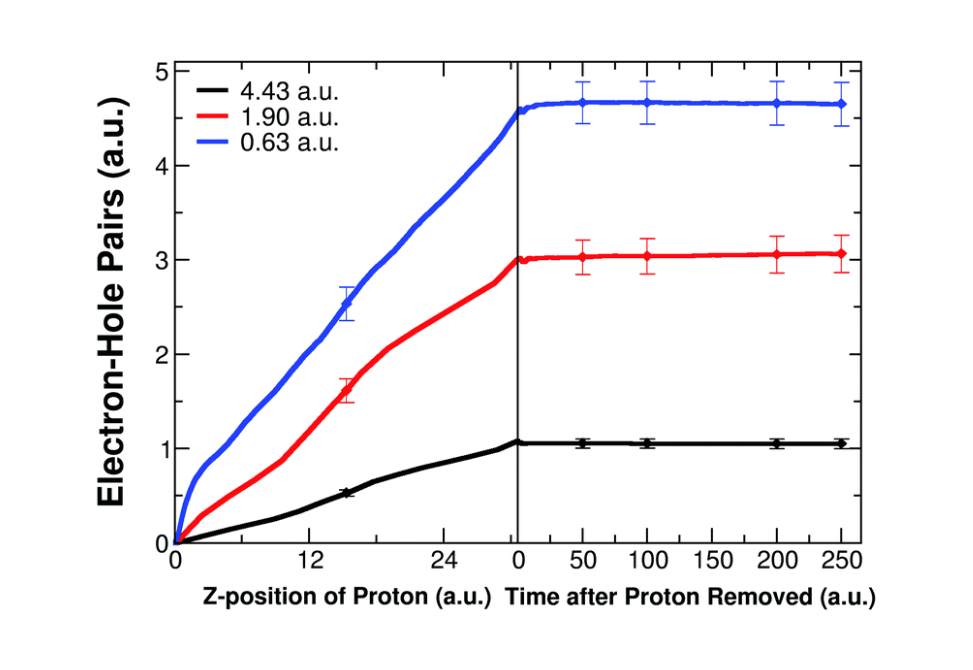
We study the spatial and temporal changes to the excited holes generated in this ionization event using first-principles theory simulation.

In this review, we introduce the theory behind ePDF, describe common methods for data acquisition, and highlight recent advances in the ePDF technique, including its combination with cryo-electron microscopy, ultrafast TEM, and precession electron diffraction.
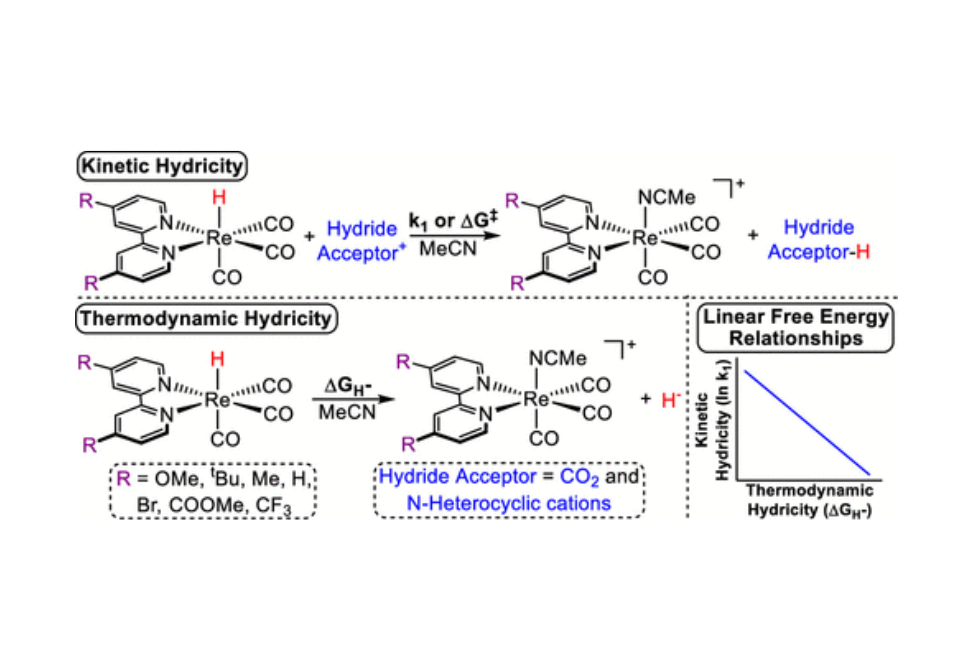
The kinetics of hydride transfer from Re(Rbpy)(CO)3H (bpy = 4,4′-R-2,2′-bipyridine; R = OMe, tBu, Me, H, Br, COOMe, CF3) to CO2 and seven different cationic N-heterocycles were determined.
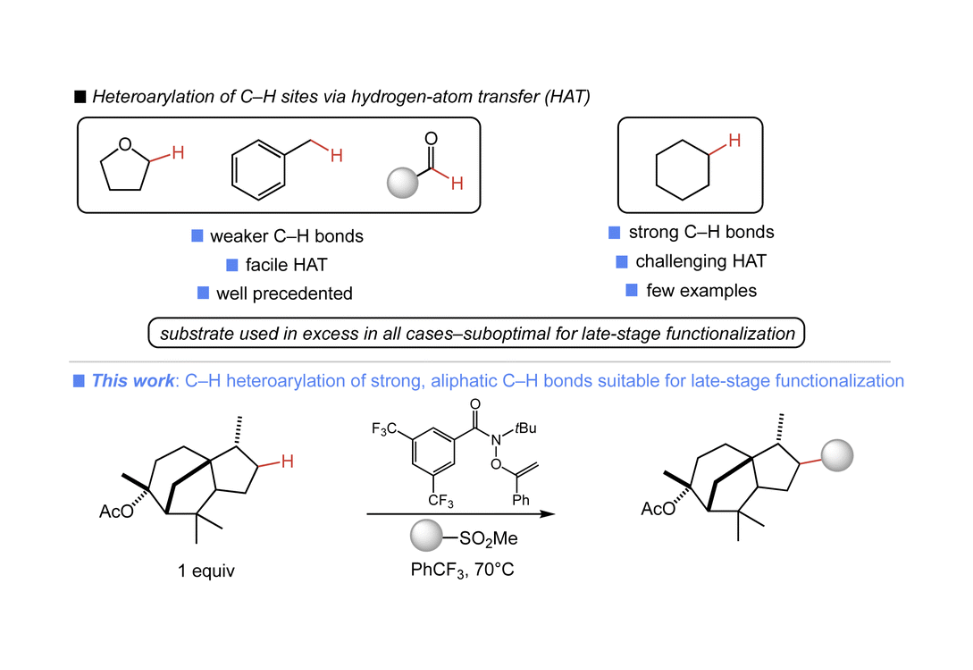
Herein, we report a system that enables direct C–H heteroarylation using a stable, commercially available O-alkenylhydroxamate with heterocyclic sulfone partners.

We have developed an efficient site- and stereoselective dicarbofunctionalization fragment coupling between aldehydes, dienes, and arylboronic acids for the synthesis of enantioenriched bis-homoallylic alcohols.


